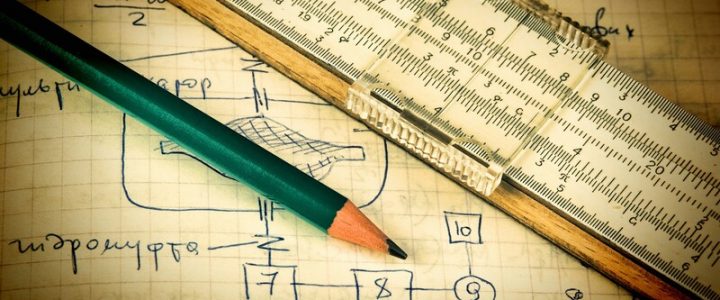| 1 YEAR | 1 semester | 12 CFU |
| Prof. Fabio Ciolli e Prof. Roberto Longo | 2018-19 |
| Prof. Sebastiano Carpi | 2019-20 |
|
Yoh TANIMOTO – hoyt@mat.uniroma2.it |
2020-21 to 2023-24 |
|
Yoh TANIMOTO – hoyt@mat.uniroma2.it (9 cfu) Oliver James BUTTERLEY (3 cfu) – |
2024-25 |
| Code: 8037944 SSD: MAT/05 |
LEARNING OUTCOMES:
One learns real numbers, limits and continuity of functions, derivative of functions, their properties and examles, Taylor series and some applications, Riemann integral, complex numbers, real numerical series and separable differential equations. One obtains the ability to calculate various limits, derivatives and integrals of functions, to discuss the convergence numerical series and improper integrals, to solve basic differential equations and to calculate complex numbers. One develops the theoretical basis to be applied to the problems of engineering.
KNOWLEDGE AND UNDERSTANDING:
To know the definitions of basic conepts (limit, continuity, derivative, integrale, convergence of series, differential equations) and apply various theorems to execute concrete computations.
APPLYING KNOWLEDGE AND UNDERSTANDING:
To Identify the theorems and techniques to apply to the given problems and execute computations correctly.
MAKING JUDGEMENTS:
To understand mathematical concepts for the given problems and to divide them into smaller problems that can be solved with the knowledge obtained during the course.
COMMUNICATION SKILLS:
To frame the problems in the obtained concepts, express the logic and general facts that are used during the computations.
LEARNING SKILLS:
To know precisely basic mathematical concepts and apply them to some simple examples in physics.
PROGRAMME:
– real numbers
– sequences of real numbers and their limits
– real functions of one real variable
– limits and continuity of functions
– properties of continuous functions
– differentiability and first derivative
– properties of derivative
– higher order derivatives and Taylor series
– Riemann integral
– fundamental theorem of calculus
– real numerical series
– basic differential equations
– complex numbers

 UNIVERSITA' DEGLI STUDI ROMA "TOR VERGATA"
UNIVERSITA' DEGLI STUDI ROMA "TOR VERGATA"


